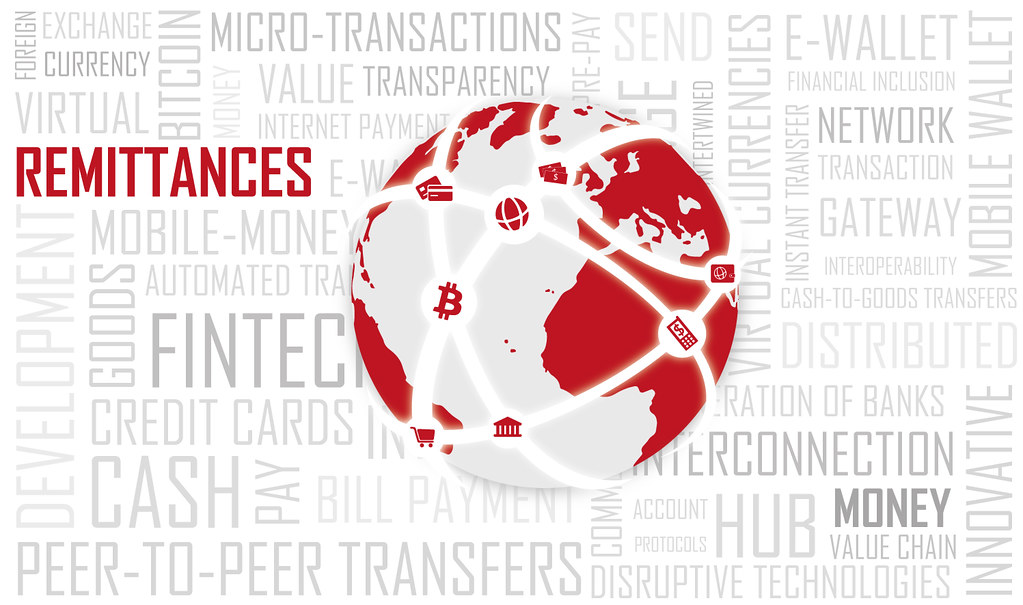Since the launch of the Bitcoin protocol over ten years ago, a horde of blockchain projects have emerged to solve various problems in the financial services industry, and in the remittances and cross-border payments area, perhaps one of the most notable of these platforms is Stellar.
Despite its rise to fame, many may have only heard of it without really knowing what Stellar is or what it does. So it thought it might be worthwhile to give our readers a quick guide.
What is Stellar?

Stellar is an open source, decentralized protocol that allows cross-border transactions between any pair of currencies.
With a focus on fast transaction time and low transaction fees, the protocol intends to assist in remittances, especially in developing economies, by providing a global network capable of hosting thousands of exchanges between currencies and tokens per second.
Stellar has a native cryptocurrency called lumens (XLM), which powers the network and all of its operations, similarly to how ether (ETH) powers the Ethereum network.
The cryptocurrency serves two purposes. First, it plays a small anti-spam role. Stellar Lumens are needed for transaction fees (0.00001 lumens per transaction) and a minimum balance of 0.5 lumens on accounts on the Stellar network is required. The transaction fee prevents users with malicious intentions from flooding the network and the minimum balance incentivizes users to declutter the ledger by eliminating abandoned accounts.
Second, Stellar Lumens can be used to facilitate multi-currency transactions. This function is possible when there is a liquid market between the lumen and each currency involved.
Transactions that take place on the Stellar network are added to a shared, distributed, public ledger, a database accessible by anyone worldwide, also called a blockchain. The ledger records every transaction in the system for people and companies alike. A complete copy of the global ledger exists on each Stellar server.
Stellar was launched in 2014 by Jed McCaleb, founder of MtGox and co-founder of Ripple, a competing protocol, with former lawyer Joyce Kim, and raised US$3 million in seed from Stripe the same year. Stellar has also received donations from organizations like BlackRock, Google.org and FastForward.
The Stellar protocol is supported by a nonprofit called the Stellar Development Foundation, which contributes to the development of tools and social good initiatives around the network and financial inclusion.
Lightyear Corp., a for-profit entity of Stellar, was launched in May 2017 as the commercial arm of the company. Last year, it acquired Chain, Inc., a blockchain infrastructure company, and the combined company was named Interstellar.
What Is the Use of Stellar?
Since 2015, Stellar has amassed a considerable number of supporters and has been integrated into services such as Vumi, an open source messaging platform, which uses the protocol to provide a savings account feature on mobile, and Oradian, a cloud-based banking software companies, which uses Stellar to provide microfinance services in Nigeria.

Image: Remittances, by www.monito.com, via Flickr
In 2016, Deloitte announced its integration with Stellar to build a cross-border payments application, Deloitte Digital Bank, and by the end of that year, it was announced that the Stellar payments network had expanded to include Coins.ph, a mobile wallet startup in the Philippines, ICICI Bank in India, one of the largest private banks in India, African mobile payments firm Flutterwave, and French remittances company Tempo Money Transfer.
In 2018, Stellar signed a deal with TransferTo for cross-border payments to more than 70 countries and Nigeria-based SureRemit for a remittance-focused token, and became the first distributed technology ledger (DLT) to obtain a Sharia compliance certification.
In March this year, IBM announced the launch of World Wire, a real-time global payments system built on the Stellar network that links financial institutions. Out of the gate, World Wire supports 47 currencies in 72 countries. Six international banks have already signed letters of intent to issue stablecoins, or tokens backed by fiat currency, on World Wide.
Featured Image Via: Stellar’s Facebook Page
The post What is Stellar Blockhain, and Why it Matters appeared first on Fintech Schweiz Digital Finance News - FintechNewsCH.
Comments